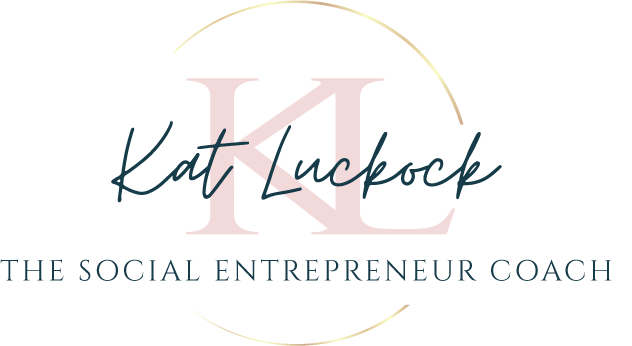Re-connect with your email list & make sales
So you have an email list with an opt-in on your website to get more people to join but you rarely use it to get to know your audience or generate sales. Right?
There is a reason you first set up your mailing list and it’s probably because you heard it’s one of the best ways to connect to your audience and make sales? This is absolutely right.
But the key is to use it! You can’t just set it up and then never do anything with it.
I know you’re feeling there’s not much point because there’s only 200 or so people on your list, or maybe even 50. But as Amy Porterfield says if you invited those 200 people to your house you’d quickly appreciate that 200 people is not a small number.
And remember these people have taken the time to sign up to your opt-in because they want to find out more. So it’s your duty to respond and connect with them regularly so they can learn more about you, your business and what your selling.
200 people on your mailing is 200 potential customers, and probably the warmest people in your community. Why? Because they’ve already visited your website, seen something about you and asked for more information.
So you’re really missing a trick if you’re not emailing them regularly - keeping them updated with your brand, impact story and offers.
So if you haven’t engaged your mailing list for a while here’s how you can re-engage them:
Create a welcome sequence.
This is for everyone who joins your mailing list to ensure all new members are welcomed and introduced to your brand in the ay you want them to be. This should be a minimum of 3 emails introducing you/your business and can include links back to your offers/sales pages but not explicitly be selling anything
Create a re-engagement sequence.
If you haven’t emailed your mailing list for a while (e.g. more than 2 months) this can be very similar to your welcome sequence. It doesn’t matter if they’ve read it before, it’ s a refresher. By all means share updates, tell them about new products/services and explain why you’ve not been in touch for a while. Use this as an opportunity to make sure they know the basics about your brand, business and products/services. And plan to start emailing them regularly after this sequence.
Create a 3 month email content plan.
I’m suggesting just one email a week for 12 weeks (unless you have an offer / campaign you want to run) but adjust this to what feels right for your business and audience. Decide on a day of the week that you will send this email out. Think about what you will cover in each of the 12 emails - make a note, in summary, of this. Write this and next weeks email and get them scheduled. This gives you two weeks to do the third one.
Look at your business / income plan for the next 12 weeks. What things are coming up that would be useful to communicate to your email list about? Are you planning a sale, new product launch, offer / service? Is there a significant date in the calendar relevant to your audience that you could email about? Build these into your content plan.
Include calls to action. This means small actions people can take from within the email such as click a link through to your website, respond to a question, complete a short survey etc. Don’t be afraid to promote what your selling.
Review your stats
Make sure you look at how successful your welcome sequence, re-engagement sequence and 12 week plan was. What were the open rates? Which emails had higher open rates? This indicates which headings (and topics) were most interesting to your audience. How many clicks did emails get? What was different about the emails with more clicks? Try split testing if you really want to see what different formats, titles and content works best. Once you’ve seen what works, repeat your 12 week plan for the next 3 month period. Remain consistent and see the results.
Share Impact helps organisations measure and communicate their social or environmental impact so they can confidently communicate: why they exist, the difference they make and why others should care.
We provide research & evaluation services; training; consultancy, business mentoring and communication management with a focus on social impact measurement and reporting.
Want to find out more about how we could help your organisation? Get in touch here

